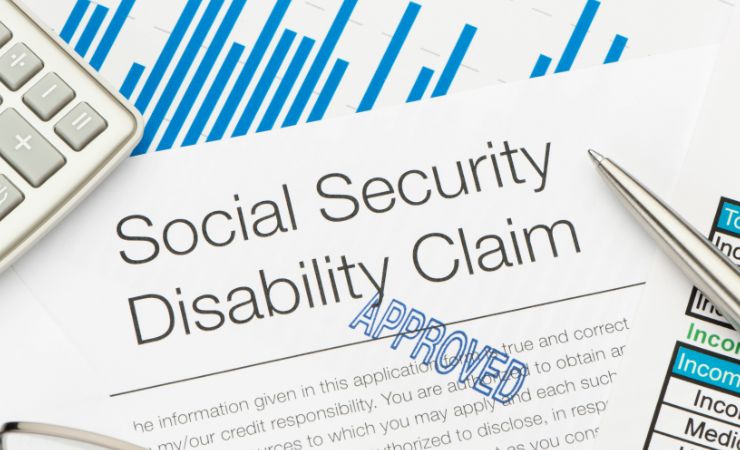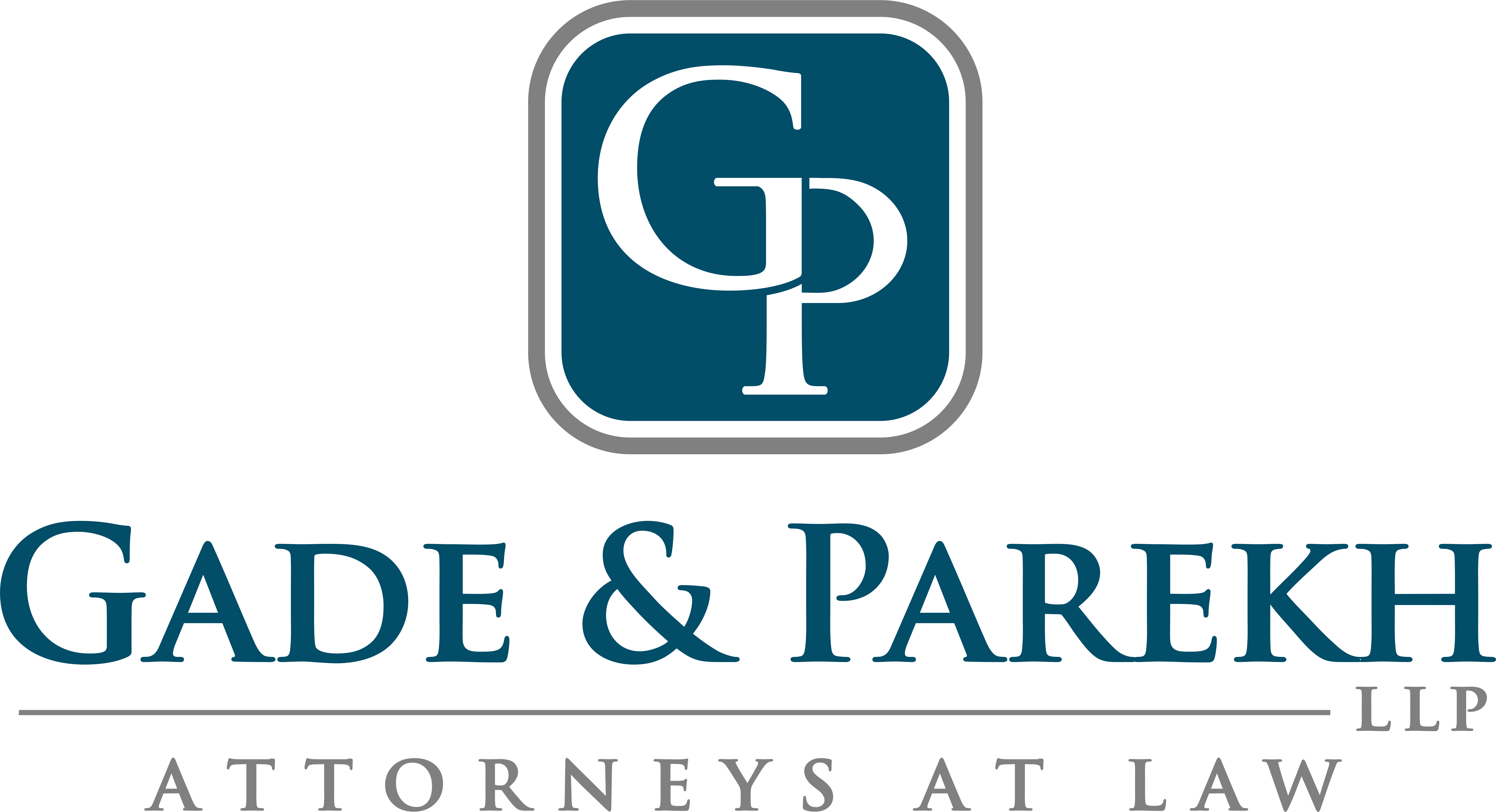Disabilities of any kind tend to have a profound impact on the people and their families affected. However, some disabilities are more feared than others. Certain conditions bring fear and anxiety to the public. Some may wonder, what is the most feared disability? Typically, the ones that are the most feared are the ones that have the greatest impact on a person’s life.

The Fear of Blindness
Many people consider blindness to be one of the top health conditions they fear most. More people express fear of blindness compared to fear of cancer or paralysis, according to survey results. People fear blindness because they believe blindness results in reduced independence and mobility and lowers their quality of life.
Across the world, 2.2 billion individuals experience vision impairment when viewing objects within close range or at a distance. Vision impairment remains present and preventable in at least 1 billion individuals. About 12 million Americans over 40 years old experience vision impairment, while 1 million within this group live with blindness.
Blindness affects not only individuals but also creates significant effects on their families and communities. People with vision impairment face increased risks of depression and social isolation alongside diminished employment opportunities. The financial impact of visual impairments reaches $40 billion each year throughout the United States.
The fear of blindness surpasses many other disabilities because it involves losing a vital sense that people depend on heavily. People experience profound anxiety when they must confront the possibility of never seeing their loved ones again or carrying out basic activities independently, such as reading or driving.
Being blind typically results in isolation and dependence, which makes people feel vulnerable, and this negatively impacts their personal autonomy and sense of self-worth. According to surveys, Americans find the prospect of losing their sight more terrifying than the loss of limbs or hearing and memory abilities because sight remains crucial for daily activities and emotional health.
Additionally, dementia, including vascular dementia and Lewy body dementia, creates significant concern because it affects cognitive abilities and behavior while impairing everyday task performance.
Additional Feared Disabilities
While blindness ranks as one of the top fears, there are other disabilities that people fear due to their impact on their lives. Some of these include:
- Alzheimer’s disease. The progressive neurological disorder Alzheimer’s disease generates substantial fear in people. The idea of losing memory functions, along with cognitive skills and personal identity, creates deep concern. People diagnosed with the disease face health challenges, while caregivers experience substantial burdens.The widespread fear surrounding this disease results from the emotional, physical, and financial burden it places on families and the healthcare system.
- Paralysis. Many people fear losing their ability to move freely and remain independent when they face paralysis. Paralysis resulting from spinal cord injuries, strokes, and neurological diseases affects people differently but usually restricts their daily functioning and ability to work.
- Amyotrophic Lateral Sclerosis (ALS), which goes by the name Lou Gehrig’s disease, represents a progressive neurodegenerative condition that targets nerve cells within both the brain and spinal cord. The disease causes patients to lose muscle control, which results in difficulty performing voluntary movements. ALS earns its fearful reputation from both its swift advancement and its fatal outcome.
Ways to Combat the Fear
There are a few steps that can be taken to help the public with their fears of disabilities. By educating people about these conditions, we can strip away their mystery and decrease the fear they generate. Educational campaigns deliver essential knowledge about prevention methods and early detection, along with management techniques.
Developing strong support networks for disabled individuals and their caregivers helps to reduce their shared concerns. Availability of resources, along with counseling services and community initiatives, enhances life quality while giving people a feeling of control.
Medical research investment in discovering cures and developing new treatments and assistive technologies tackles the fundamental sources of these fears. Technological advancements that boost mobility and communication abilities while promoting independence help to minimize the effects of disabilities.
FAQs
Q: Why Is Blindness Considered One of the Most Feared Disabilities?
A: The fear of blindness stems from its significant effects on people’s interaction with their surroundings. The inability to function visually affects movement, job opportunities, personal safety, and overall life satisfaction. The fear of becoming blind exists because people worry about losing autonomy and having to depend on others while being unable to experience visual stimuli.
American survey results reveal that blindness generates more fear than other disabilities, such as memory loss and physical disability.
Q: Can Blindness Be Prevented?
A: Yes, many forms of blindness can be prevented. Early treatments can prevent or cure many blindness-causing conditions, including cataracts, diabetic retinopathy, and glaucoma. The risk of vision loss decreases substantially when people undergo regular eye check-ups, manage chronic health conditions, and protect their eyes. The World Health Organization reports that a minimum of 1 billion people around the world suffer from preventable or treatable vision loss.
Q: What Support Is Available in California for People Who Are Blind?
A: Blind residents in California benefit from multiple support programs, which include the Department of Rehabilitation’s Blind Field Services program and Braille Institute centers located in major cities, along with accessible public transportation initiatives. Disability Rights California is among the organizations that deliver legal advocacy services. These services offer support for vocational training, as well as technology access, while teaching independent living skills.
Q: What Other Disabilities Are Highly Feared?
A: People typically fear Alzheimer’s disease, ALS (Lou Gehrig’s disease), paralysis, and severe cognitive impairments, in addition to blindness. Loss of autonomy, along with communication and memory problems, forms the basis of these conditions because they destroy core elements of individual identity and daily functioning. These diseases continue to develop without available cures, which makes diagnosis and future outcomes more frightening.
Contact Gade & Parekh, LLP Today
You can obtain assistance when dealing with disability claims if you or a loved one experiences vision loss or another disabling condition. Seek experienced legal support from Gade & Parekh, LLP for compassionate guidance through your disability claims process today. Your future deserves the strongest case possible. Contact us today to get started.

